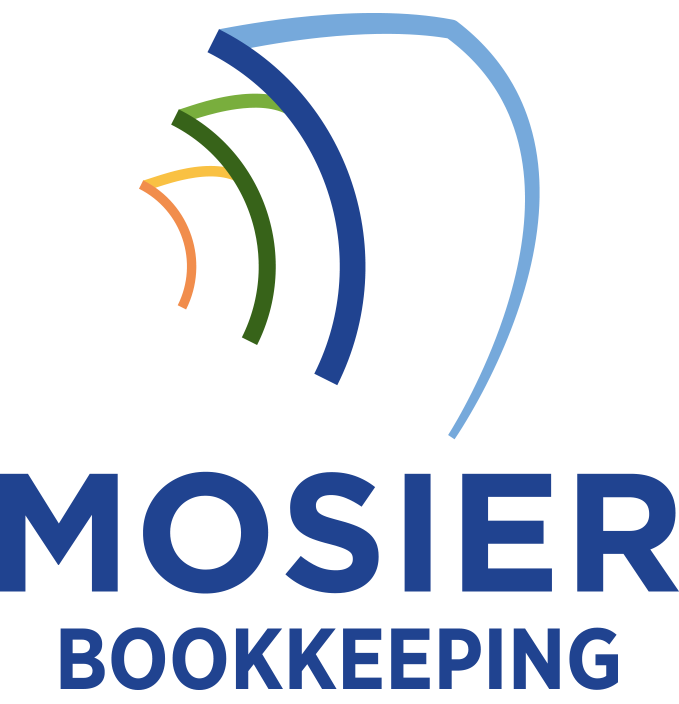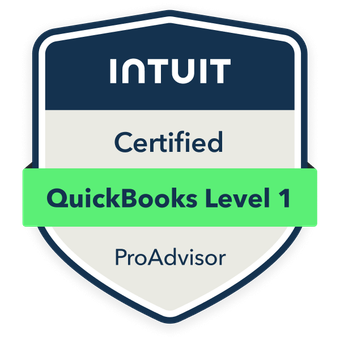Service-based businesses face five major bookkeeping hurdles that I’ve seen impact financial performance. These include managing billable hours tracking, controlling fluctuating cash flows, allocating project costs accurately, optimizing client payment schedules, and properly recognizing service-based revenue. To overcome these challenges, you’ll need systematic processes for time tracking, cash flow forecasting, cost allocation, retainer structuring, and revenue recognition. Let me walk you through the proven solutions for each challenge.
Time Tracking and Billable Hours Management

How effectively you track time and manage billable hours can make or break a service-based business’s profitability. I’ve found that manual time tracking leads to revenue leakage through underbilling, missed hours, and inefficient resource allocation. You’ll need robust time-tracking software that automatically captures billable activities and integrates with your accounting system.
I recommend implementing strict protocols for time entry, requiring staff to log hours daily. You must also establish clear guidelines for billable versus non-billable activities. By analyzing time-tracking data, you’ll identify productivity gaps, optimize pricing strategies, and maximize your firm’s billable efficiency ratio.
Fluctuating Revenue and Cash Flow Control
While accurate time tracking sets the foundation for billing, managing revenue fluctuations presents another complex challenge for service businesses. I’ve found that service income often varies month-to-month due to project completion timing, seasonal demand, and client payment patterns. To control these fluctuations, I recommend implementing a rolling cash flow forecast, maintaining a three-month operating reserve, and diversifying your client base.
You’ll gain better control by establishing retainer agreements, requiring upfront deposits, and automating invoice reminders. I also suggest analyzing historical revenue patterns to identify trends and adjust your pricing strategy accordingly. This data-driven approach strengthens your financial stability.
Project Cost Allocation and Expense Categorization

Accurate project cost allocation forms the cornerstone of profitable service delivery. I’ve found that categorizing expenses and assigning them to specific client projects demands meticulous attention to detail and robust tracking systems.
- Direct labor costs must be tracked hourly and allocated based on actual time spent per project
- Overhead expenses need systematic distribution across active projects using defined allocation keys
- Technology and software costs require proper segmentation between administrative and project-specific usage
- Third-party contractor expenses must be immediately tagged to corresponding client engagements
To maintain control, I recommend implementing project codes in your accounting system and regularly reviewing allocation methodologies to guarantee they reflect current business operations.
Client Retainer and Payment Schedule Optimization
Setting up optimized retainer structures and payment schedules directly impacts a service firm’s cash flow stability. I recommend implementing tiered retainer models that align with service complexity and resource allocation. You’ll need to analyze your operating costs and profit margins to determine minimum retainer thresholds.
I’ve found that staggering payment schedules across your client base prevents revenue clustering and reduces cash flow gaps. Structure your payment terms to require upfront deposits, typically 25-50% of project value, with subsequent installments tied to deliverable milestones. This approach maximizes your working capital while maintaining client confidence through value-driven payment triggers.
Service-Based Revenue Recognition and Reporting

Because service-based revenue recognition differs fundamentally from product sales, I’ve found that implementing proper timing and allocation methods is critical for accurate financial reporting. The complexities of service delivery patterns require systematic documentation and structured recognition protocols.
- Revenue must be recognized when service performance obligations are satisfied, not when cash is received
- Percentage-of-completion methods should be applied for long-term service contracts
- Deferred revenue needs proper tracking when clients prepay for future services
- Multi-element service arrangements require allocation based on standalone selling prices
I recommend establishing clear service milestones and implementing robust documentation systems to support revenue recognition decisions, ensuring compliance with accounting standards while maintaining strategic control over financial reporting.









